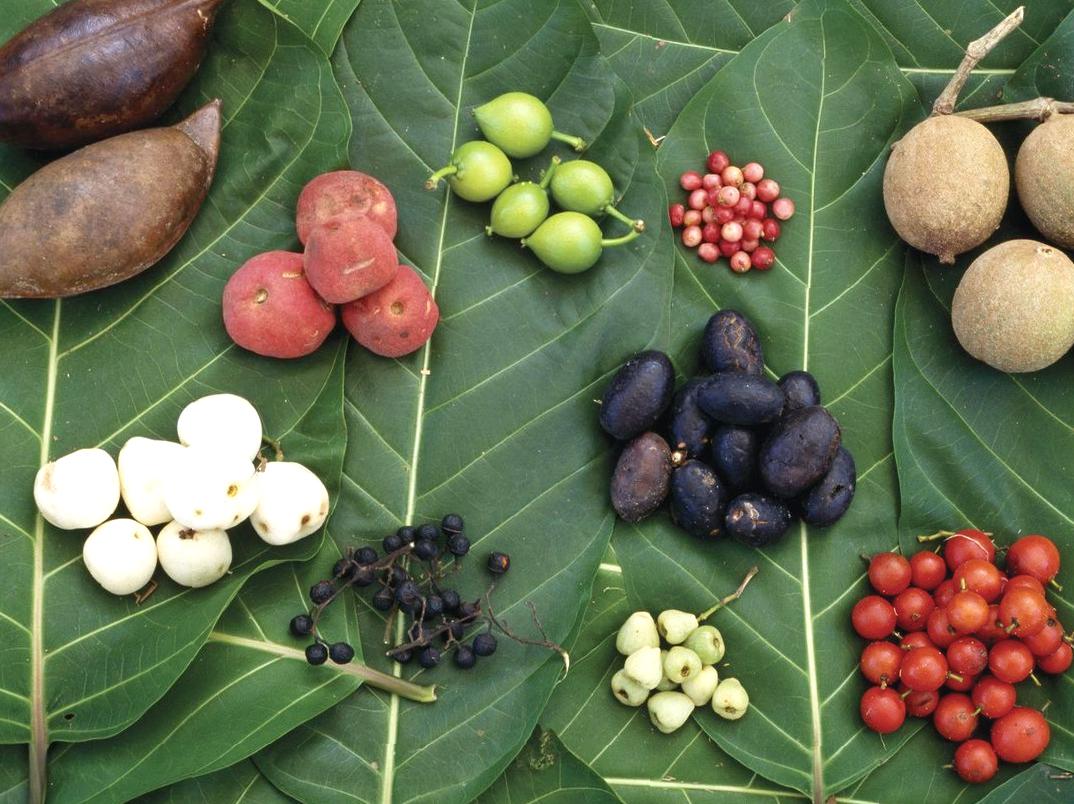Trying Bush Tucker (Traditional Foods) on a Guided Tour
Experiencing bush tucker, the traditional foods of Indigenous Australians, offers a unique insight into the rich cultural heritage and natural bounty of Australia. A guided tour not only provides the opportunity to taste these ancient, natural ingredients but also conveys the significance and traditions behind them. Embarking on this culinary adventure can be both an enlightening and palate-pleasing experience.
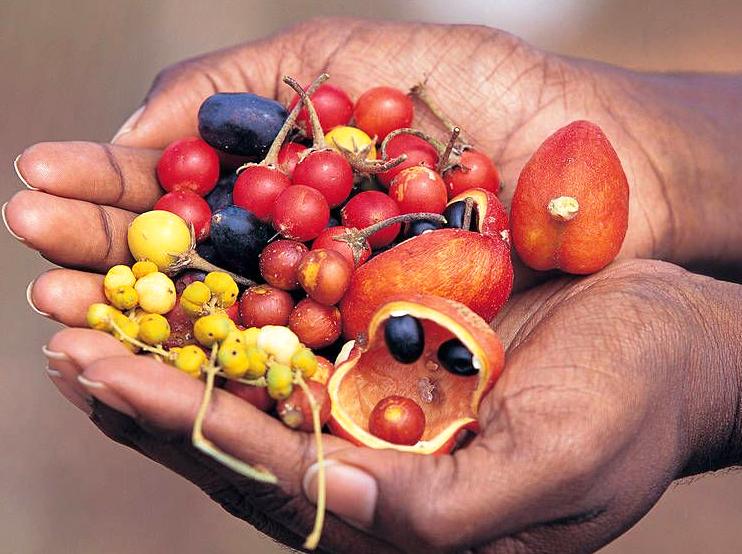
The Unique Experience of Bush Tucker
Going on a guided tour focused on bush tucker allows you to truly immerse yourself in the natural world of Indigenous Australian cuisine. These tours are usually led by knowledgeable guides who can explain the historical, medicinal, and nutritional significance of each ingredient. Taste fresh kangaroo, emu, and crocodile, or sample native fruits like the finger lime and quandong. This is not just about eating but understanding the deep connection between the land, its native ingredients, and the people who’ve lived off it for tens of thousands of years.
What to Expect on a Guided Bush Tucker Tour
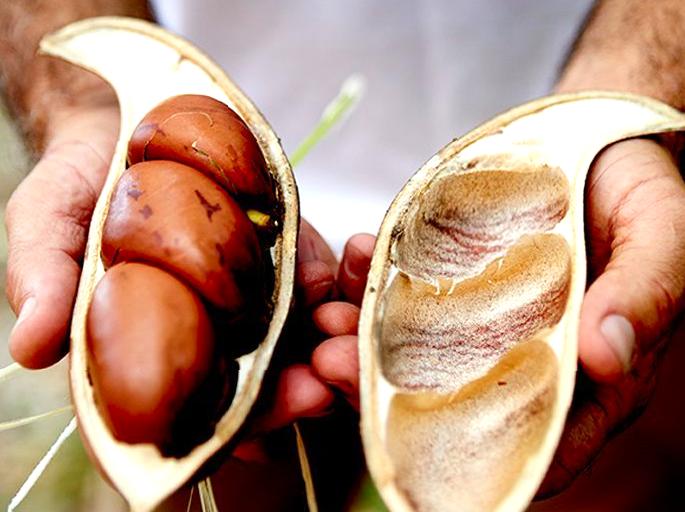
Typically, a bush tucker tour begins with an introduction to the region’s native flora and fauna. Participants are often taken on a short hike through the bush, identifying edible plants, insects, and animals. The guides provide hands-on demonstrations on how to properly gather and prepare these ingredients. The tour usually concludes with a tasting session, where participants can sample a variety of bush tucker dishes. Partnerships with local Indigenous communities guarantee that the information shared is authentic and respectful of traditional knowledge.
Top Bush Tucker Foods to Try
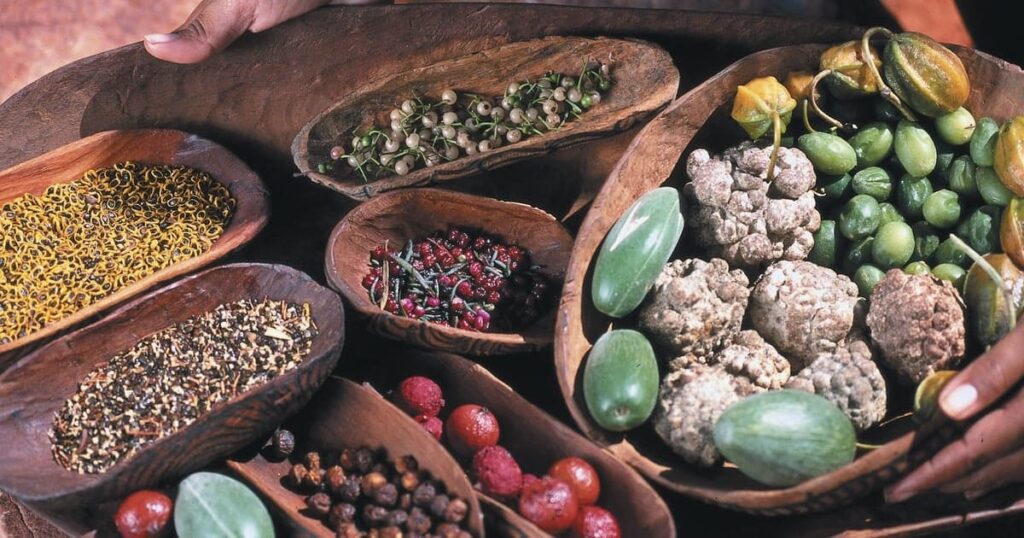
During your guided tour, you’ll encounter a range of unique bush tucker ingredients. Here are some top ones you should try:
- Kangaroo: A lean, healthy meat that is a staple in Indigenous diets.
- Witchetty Grub: This high-protein insect is often eaten raw or lightly cooked.
- Quandong: A tangy fruit used in both sweet and savory dishes.
- Finger Lime: Known as ‘citrus caviar,’ its pearls burst with zesty flavor.
- Macadamia Nuts: Native to eastern Australia, these nuts are both tasty and nutritious.
The Cultural Significance of Bush Tucker
For Indigenous Australians, bush tucker is more than just food; it is a key element of their cultural heritage. The use of these traditional foods is rooted in a deep respect for nature and sustainable living practices. Many of these ingredients are not farmed but foraged, ensuring minimal environmental impact. Learning about and tasting bush tucker can also help bridge the gap between Indigenous and non-Indigenous Australians, fostering a better understanding and appreciation of Aboriginal culture.
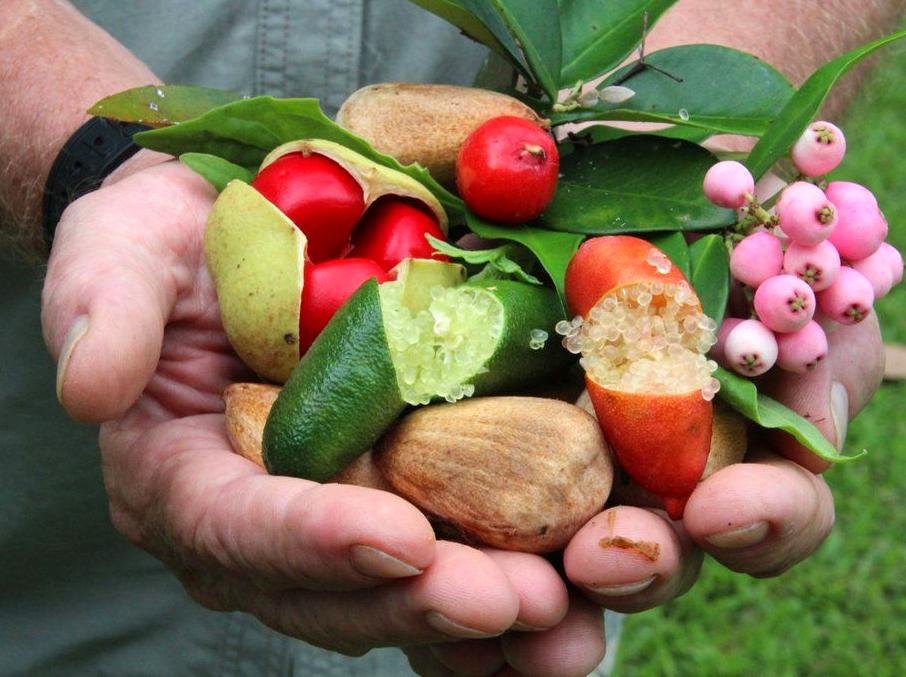
Conclusion
Trying bush tucker on a guided tour is an eye-opening experience that blends culinary delight with cultural education. Whether it’s tasting kangaroo meat or savoring the unique flavor of finger lime, every bite tells a story of Australia’s ancient heritage. With expert guides and an immersive experience, you’ll walk away with not just a full belly, but also a deeper understanding and appreciation of the rich traditions that have sustained Indigenous Australians for millennia.
FAQs
1. What is bush tucker?
Bush tucker refers to the traditional foods of Indigenous Australians, which include native plants, animals, and insects that have been consumed for thousands of years.
2. How can I find a bush tucker guided tour?
Many travel agencies in Australia offer bush tucker tours, often in partnership with local Indigenous communities. You can also search online for local tour guides specializing in this experience.
3. Is bush tucker nutritious?
Yes, bush tucker is highly nutritious. Many of the native ingredients are packed with vitamins, minerals, and proteins, and are often more beneficial than modern agricultural foods.
4. Is it safe to try bush tucker?
Yes, when partaken under the guidance of experienced tour operators and Indigenous guides, bush tucker is safe and an excellent way to learn about traditional diets.
5. Do I need any special preparation before going on a bush tucker tour?
Generally, no special preparation is needed. However, it’s advisable to wear comfortable walking shoes and bring water, a hat, and sunscreen for the outdoor portions of the tour.
